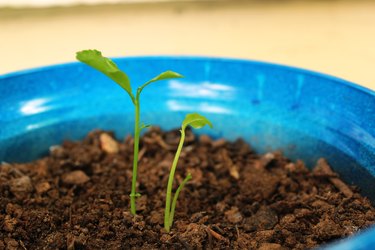
Most vegetable varieties and many annual flowers, such as zinnias (Zinnia spp.) and sunflowers (Helianthus spp.), sprout quickly -- usually within one to two weeks. They may emerge a bit sooner if their seeds are soaked before being planted, but they don't really need their germination hastened. Mother Nature takes her time with perennials and trees, however, often requiring that those seeds experience months or even years of exposure to the elements to wear away tough seed coats or germination inhibitors. The process can be sped up significantly by the use of pretreatments.
Soaking Seeds
Video of the Day
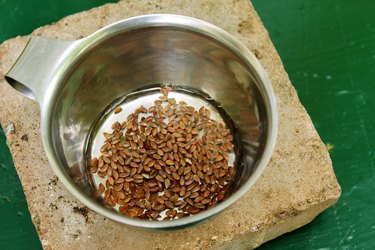
You can presoak seeds that are large enough to be handled easily. Place them in a container of lukewarm water for at least four hours, up to 24 hours. After that time period is up, drain the seeds and plant them immediately.
Video of the Day
Seeds with very hard coats may require more drastic treatment to crack those coats. Place them in a heat-proof container such as a coffee mug and pour boiling water over them. Allow the seeds to sit in the cooling water overnight, until they swell to 1 1/2 to 2 times their original size, before sowing them.
Plants that grow in areas subject to wildfires frequently are cued to sprout by the presence of smoke. Purchased paper smoke primer discs will speed their germination. Generally, you must soak each disk along with the seeds overnight in about 1/4 cup of water -- or whatever amount is indicated in the instructions -- before planting those seeds.
Gibberellic acid (GA-3), a natural fungus, can hasten the germination of some slow-to-sprout seeds. It is available as a white powder, and a 100-milligram packet mixed with 1/2 cup of water will provide 1,000 parts per million of the fungus. That usually should be diluted with an equal amount of water to make a solution of only 500 parts per million before you soak seeds in it.
Chipping Seeds
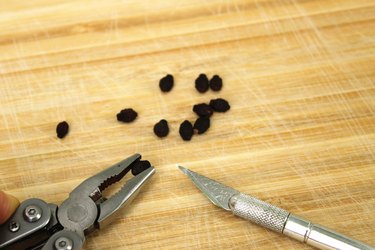
Germination of hard-shelled seeds will be faster if the seeds are chipped before they are soaked. To avoid injury to your fingers, hold each seed between the jaws of needle-nosed pliers on the surface of a cutting board. Use the sharp tip of a utility knife to nick a tiny piece from the side of the seed which is opposite its eye.
To abrade the surfaces of smaller seeds that would be too difficult to chip, place them in a small jar that has been lined with sandpaper. Cover the jar with its lid and shake it until the surfaces of the seeds look scuffed.
Stratifying Seeds
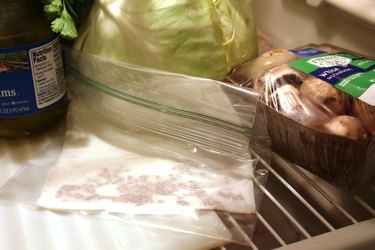
Some seeds need to experience a "winter" of chilly temperatures to sprout. You can approximate those conditions by placing the seeds in a refrigerator for three months, tucked inside damp folded paper towels or coffee filters enclosed in a plastic bag. Alternatively, you can refrigerate the seeds inside a zipper-type plastic bag with a handful or two of moist seed-starting mix.
For seeds that require a period of warm stratification before the cold stratification, keep those bags at 70 degrees Fahrenheit for three months before their refrigeration and return them to that temperature afterward. When the seeds begin to sprout, remove them from their bags and pot them up in seed-starting mix.
Planting Seeds
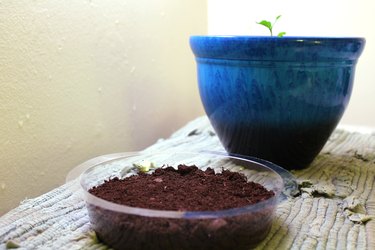
To plant seeds after their pretreatment, use containers that are new or have been disinfected with a mix of 1 part bleach to 9 parts of water. Those containers should have drainage holes and be filled with a damp and sterile medium such as seed-starting mix. Place the planted containers under a shop light that is programmed to run for 12 to 16 hours per day.